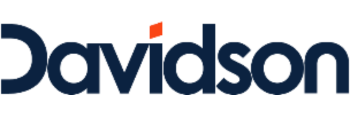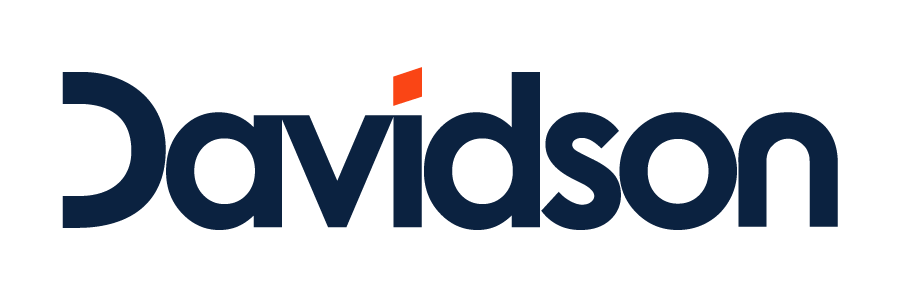Data Storytelling: HR’s newest super power
According to Davidson’s Lindy MacPherson claiming HR’s seat at the C-Level table has never been more important.

According to a recent article by McKinsey, since the pandemic, HR now sits ‘awkwardly between its history as a support function and its future as a strategic partner.’ Claiming a seat at the C-Level table has never been more important as HR sits poised to help their organisations navigate post-pandemic waters.
Stepping up requires HR to change their operating model and act more consistently, like other core business functions. One of the biggest changes is around HR’s relationship with data and providing more evidence, rather than hunches or assumptions.
Using data to identify key insights and then tell stories to demonstrate the context and relevance to drive action shows HR’s ability and capability to provide value and impact.
You might think, ‘But we already collect and share endless data and we’re still not being heard.’
According to Davidson Group Manager, Lindy MacPherson, this is a common misconception and not just in HR. ‘Data and relevant information are not the same thing,’ she says. ‘Data alone can be confusing and overwhelming. Numbers, graphs and tables do not tell a clear story or provide a link to business needs.
You need to demonstrate the ‘why’. To influence decision-making and drive action, data must be turned into relevant information.’
Keep these tips in mind when presenting information:
- Make the complex simple and visually compelling
- Use impactful titles
- Use your stakeholder's language
- Link the data directly to the business outcomes
- Provide insight - answer the 'so what?'
- Quantify the success or outcome
Still unconvinced?
Consider the following Learning & Development data:
| Usage summary statistics courseware activity | 2005 - 2006 | 2006 - 2007 | 2007 - 2008, YTD - Feb (8) |
|---|---|---|---|
| Average active registrations | 176 | 290 | 309 |
| Total course accessed | 759 | 1326 | 940 |
| Distinct courses accessed | 416 | 540 | 461 |
| Total numbers of active users | 182 | 342 | 260 |
| Total completions | 209 | 612 | 369 |
| Total training time | 51 days, 11:02:51 | 65 days, 05:28:19 | 65 days, 00:51:27 |
| Total minutes | 74,102 | 93,928 | 93,651 |
| Total hours | 1,235 | 1,565 | 1,561 |
| Number of minutes of training per active registration | 421 | 324 | 303 |
And now the relevant results:
| Description | Agree |
|---|---|
| The School of Excellence addresses my professional development needs well | 93.2% |
| Within the School of Exellence, the e-learning program addresses my technical skills development needs | 91.1% |
| Within the School of Excellence, the e-learning program assists me to develop and grow in my role | 91.3% |
| I am satified with the training courses offered through the e-Learning program | 89.7% |
| I am satified with the reference material offered through "books 24 x 7" | 94.6% |
| The Led Training (ILT) workshops delivered by my School of Excellence assisted me to develop and grow in my role | 92.3% |
| I am statisfied with the quality of the presenters delivering ILT workshops | 84.1% |
Which do you find the most compelling?
Interested in a conversation on how to claim your seat at the executive table through the use of compelling data?
Contact us today.
Share this content







